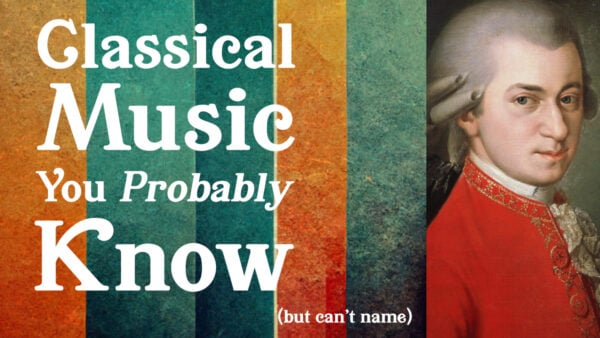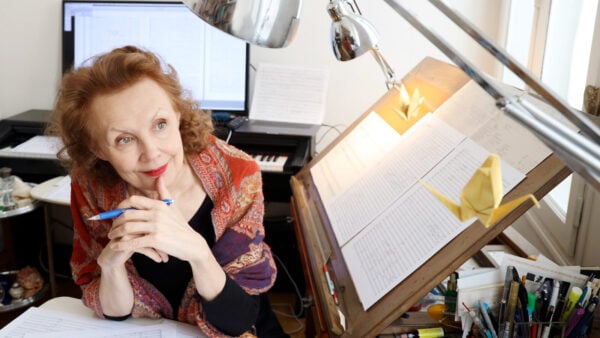 In part two of our ongoing series, we help put some names to some classical music faces that you probably already know! Whether it's cartoons, famous commercials, or cross-genre collaborations, you may be surprised to learn that you recognize this batch of music.
In part two of our ongoing series, we help put some names to some classical music faces that you probably already know! Whether it's cartoons, famous commercials, or cross-genre collaborations, you may be surprised to learn that you recognize this batch of music.
Johann Strauss II: The Blue Danube Waltz
By the Beautiful Blue Danube, or An der schönen blauen Donau, is a waltz composed by Johann Strauss II in 1866. Despite the piece’s mild initial reception, it has since gone on to become one of the most popular dance songs in the world, even as dance halls fade in popularity. It has been featured in many movies and commercials, some of the most famous being Titanic, Bugs Bunny’s A Corny Concerto, and Stanley Kubrick’s 2001: A Space Odyssey.
Georges Bizet: Habanera from Carmen
The proper name for this aria is “L’amour est un oiseau rebelle”, and is sung during the entrance of Carmen’s title character. She uses her song to seduce the men around her and share her philosophy on love. With an earworm for a melody and a great, dramatic cello to start the piece off, this habanera is something that is sure to captivate audiences for many years to come.
Wolfgang Amadeus Mozart: Eine Kleine Movement 1
A bombastic motif opens this piece of music and instantly sticks in your memory. One of Mozart’s most recognizable pieces actually comes from a larger work called Eine Kleine Nachtmusik - A Little Night Music. Its infectiously happy nature has made it a go-to staple for advertisers and orchestras alike who are looking to draw in an audience.
Luigi Boccherini: String Quartet in E Major (Minuetto)
Why this Quartet in particular became one of Boccherini’s most popular pieces is a bit of a mystery. It received no special recognition or acclaim when it was published, but began to be used in a myriad of movies and television shows in the 20th century. The piece is commonly associated with upper-class, high society imagery. You might also recognize the piece if you were ever taught through the Suzuki method; the piece makes an appearance at least once in the violin, viola, cello and double bass books.
Johannes Brahms: Hungarian Dance No. 5 in F-sharp minor
Brahms’s set of Hungarian Dances is one of his best-known compositions, and the most famous of the lot is the 5th. Its melody is based off of the csárdás "Bártfai emlék" by Béla Kéler and features many wild variations in tempo. From versions with orchestra, to just piano, solo instrument and more, we know you won't be able to resist tapping your foot along to this tune!
We hope some of these selections rang a bell for you, and we hope they helped encourage you to seek out more great classical music! There's a good chance you know more than you think.
And to help you explore, we've made a huge library of playlists right here.
Follow WFMT on Spotify and Apple Music!






